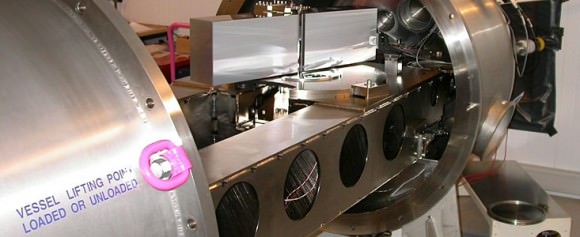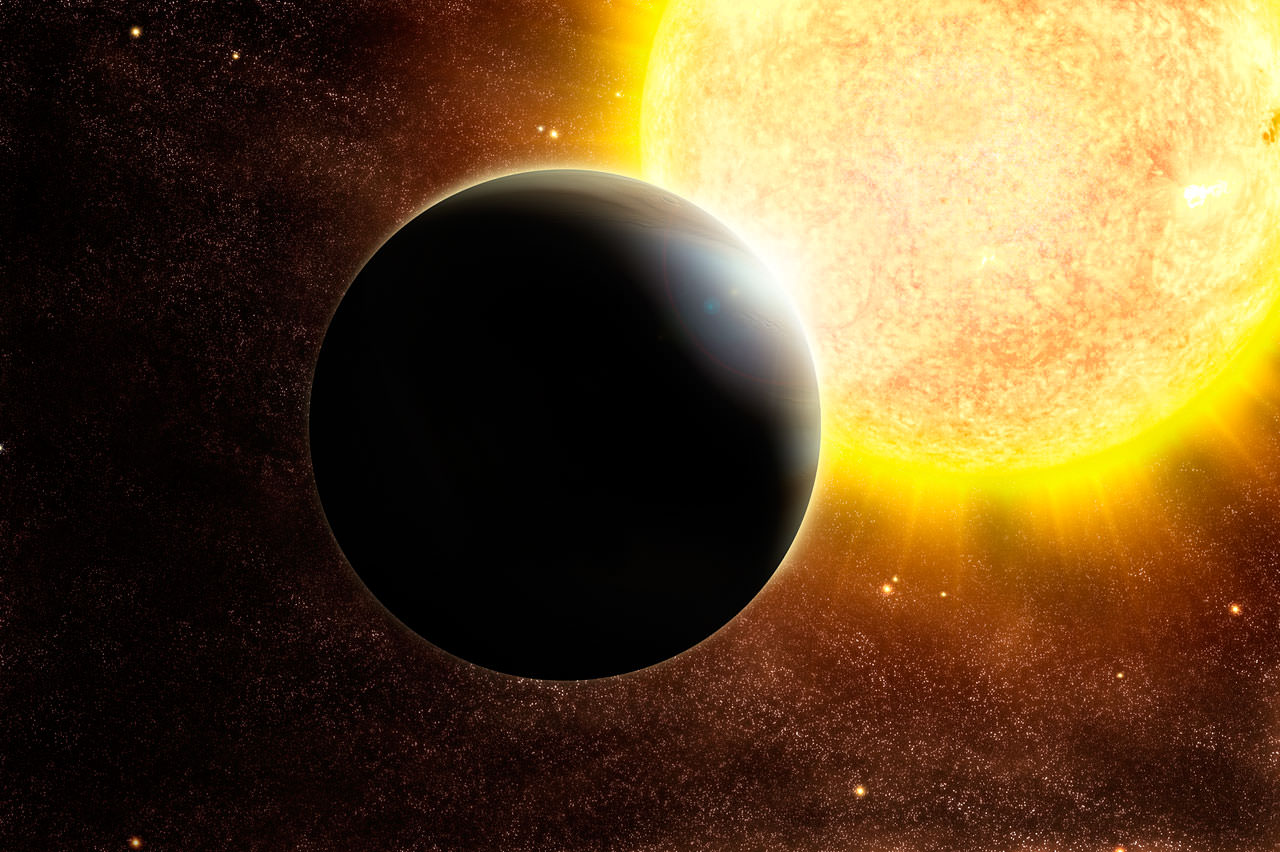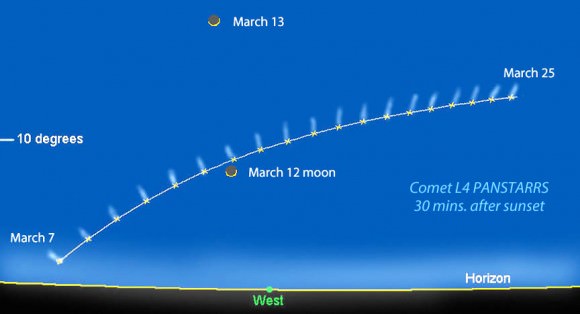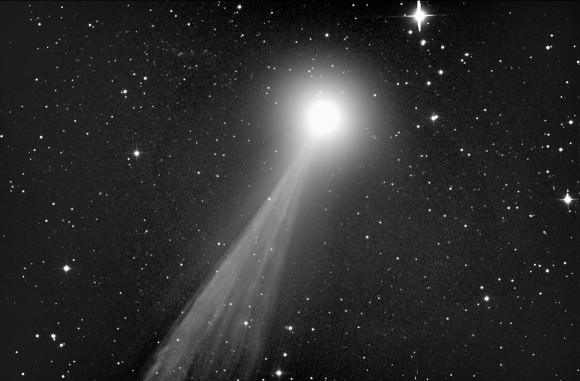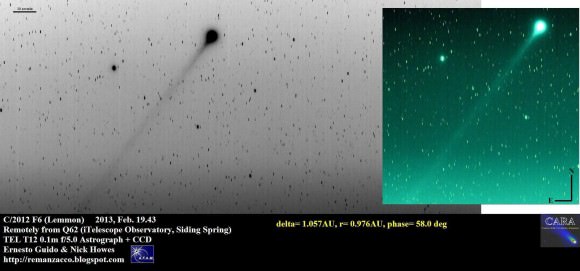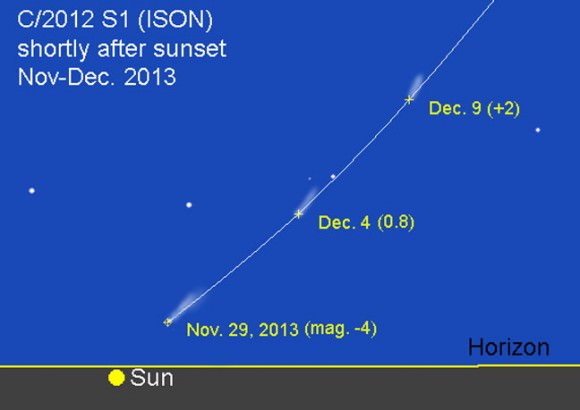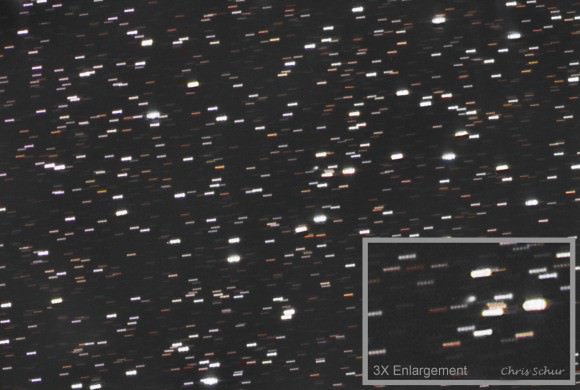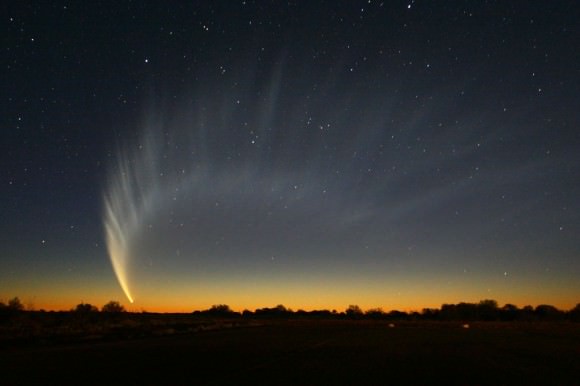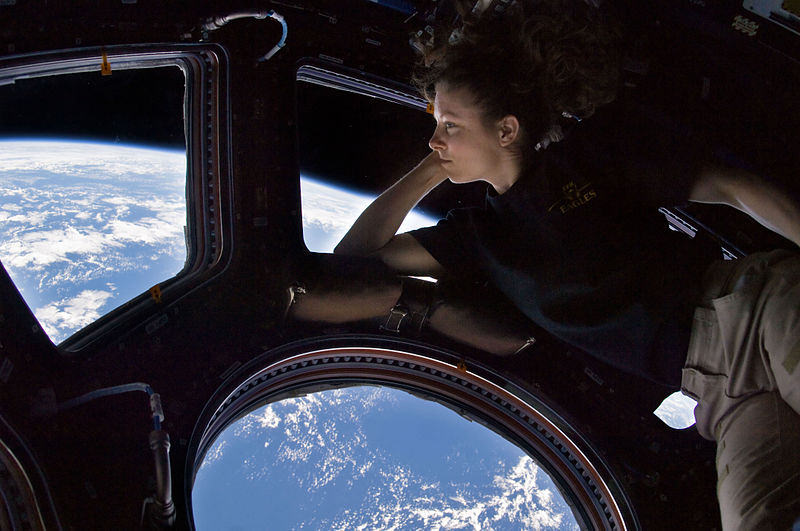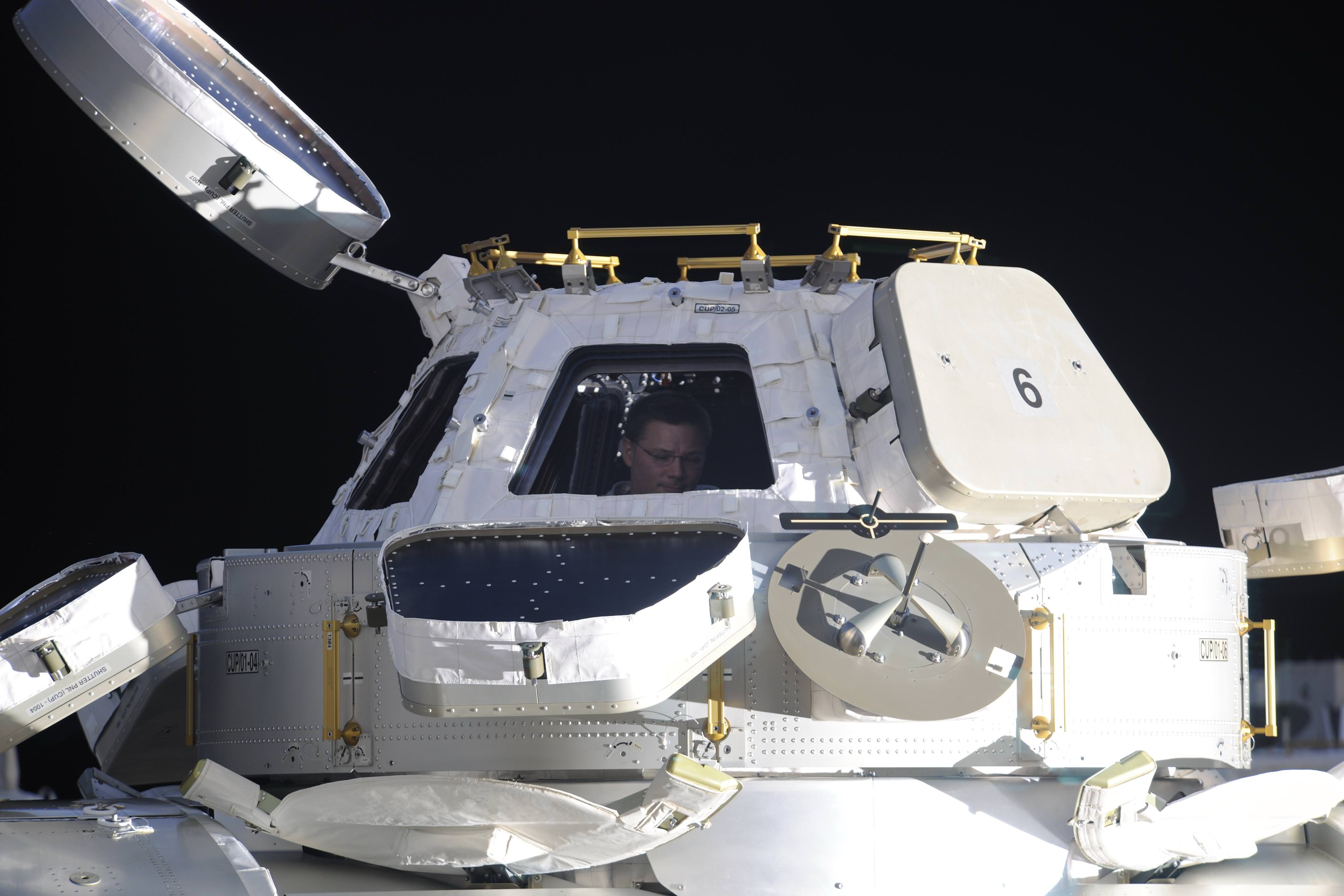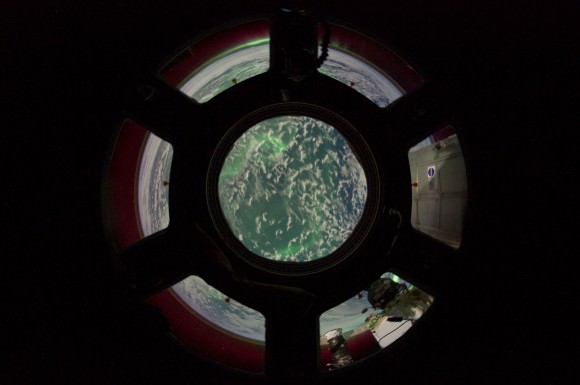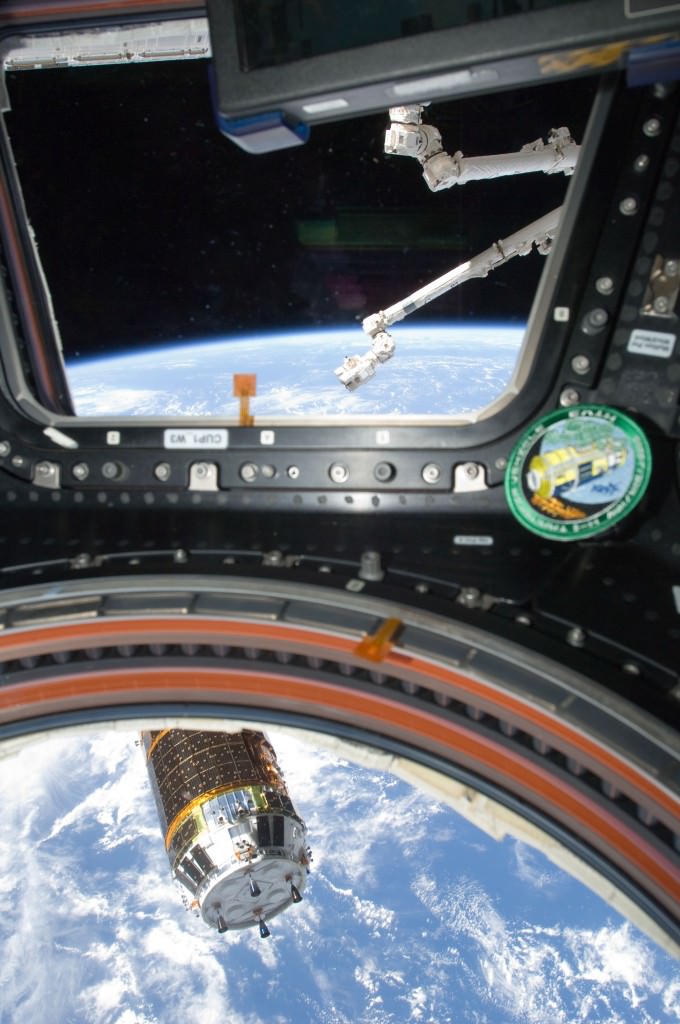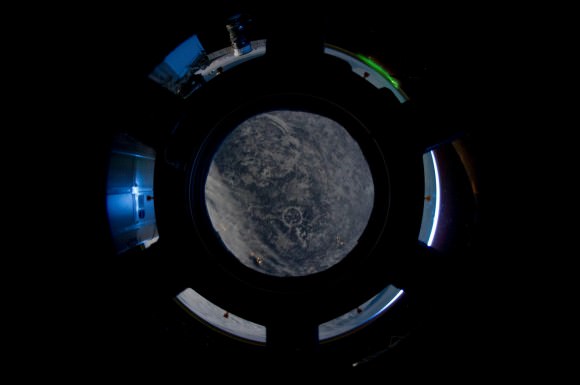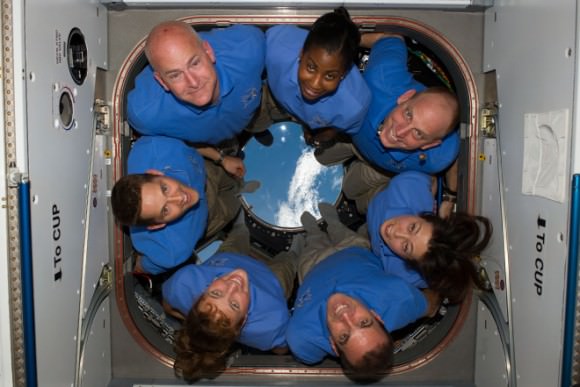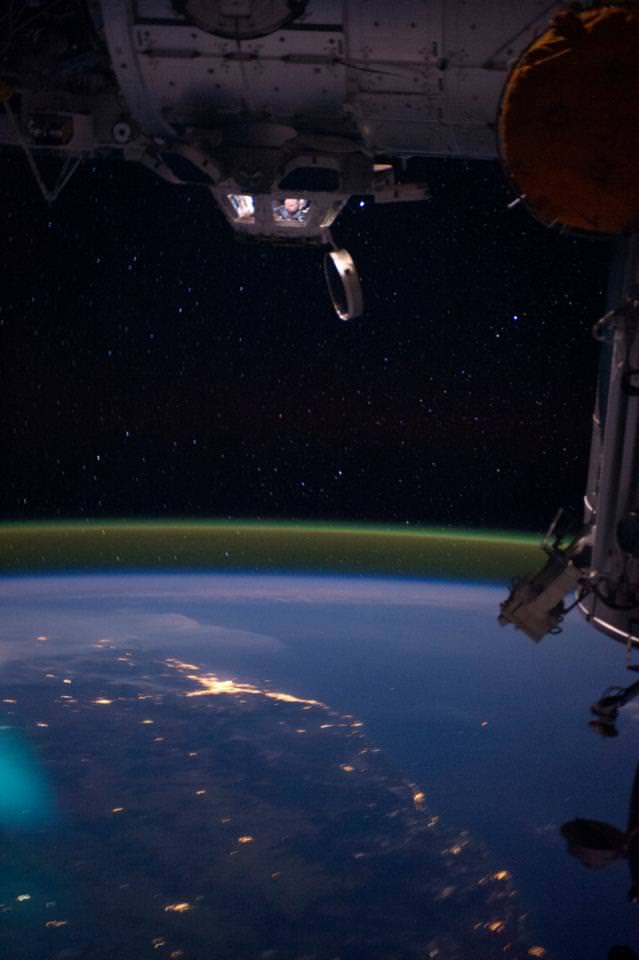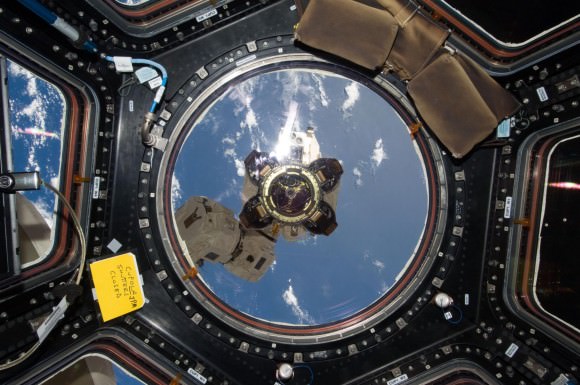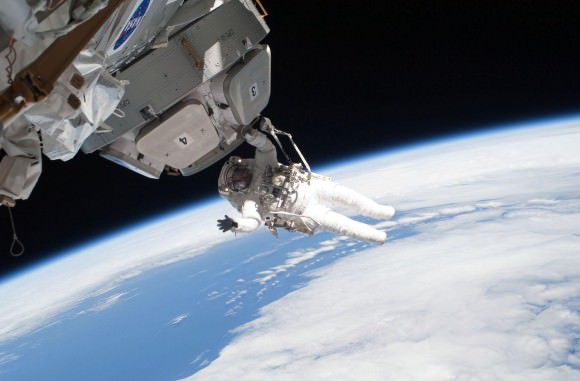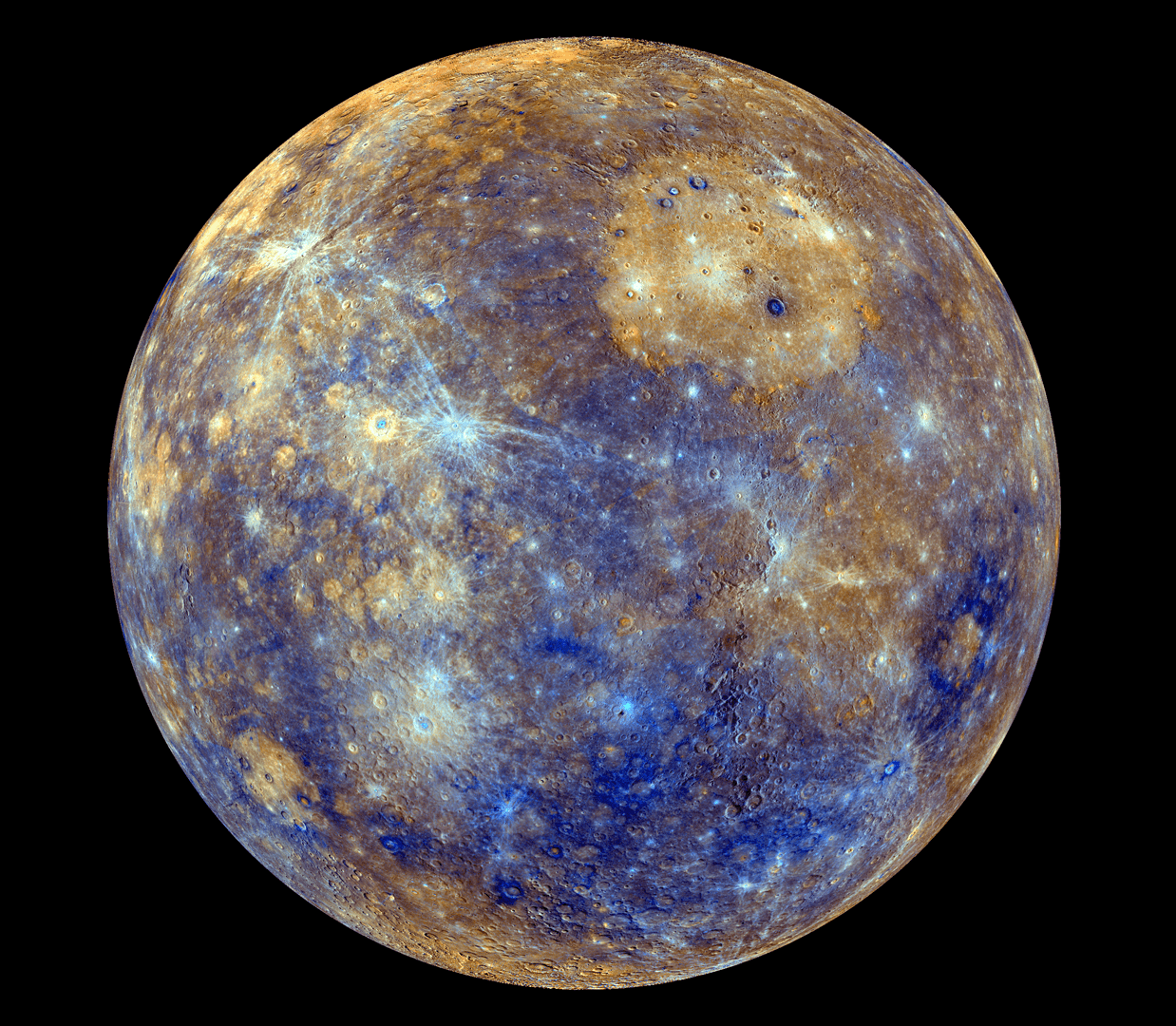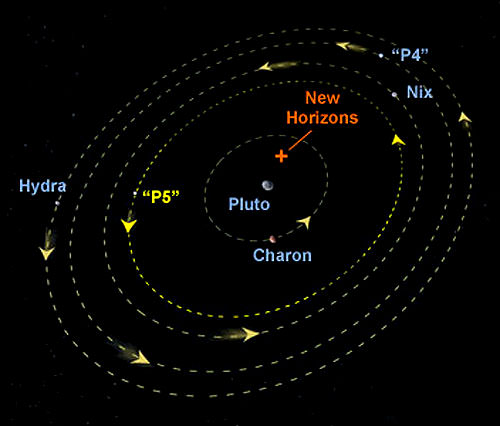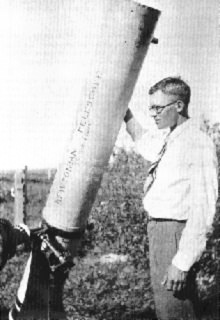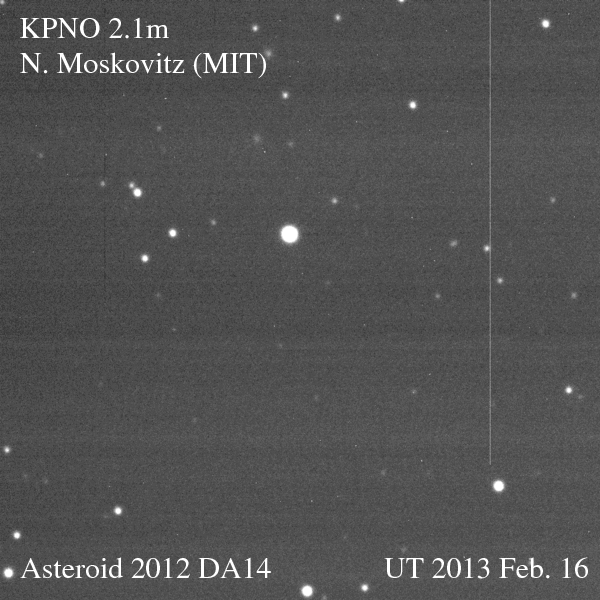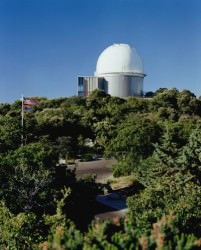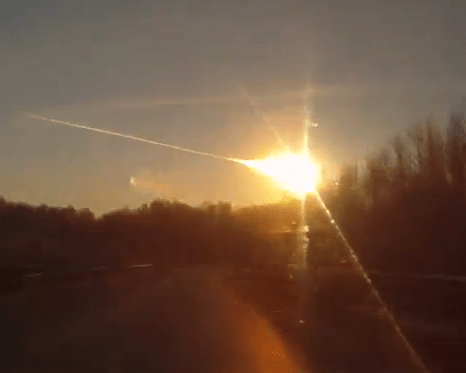Despite advances in exoplanet research over the past decade much remains unknown. For example, how do the detection rates of giant planets vary as a function of the host star’s metal content? Are giant planets more frequent around massive stars? Do giant planets form under different mechanisms depending on the star’s metal content?
To that end a team of astronomers led by Annelies Mortier and Nuno C. Santos explored what mathematical function characterizes the detection rate across a distribution of stars (i.e., from metal-rich to metal-poor objects). “Finding the exact functional form of the metallicity-planet detection frequency will foster our understanding of both planet formation and the number of planets roaming the galaxy,” Santos told Universe Today.
Giant planets are most often found around metal-rich stars, and a figure from the team’s study (shown below) reaffirms that ~25% of stars featuring twice the Sun’s metal content host a giant planet, while the probability falls to ~5% for stars with a metal content analogous to the Sun.
Establishing that metal-rich stars exhibit an increased probability of hosting a giant planet constrains planet formation models. Specifically, the observations suggest that larger metallicity promotes the growth of rocky/icy cores, which subsequently accrete gas. However, the team notes that although the giant planet-metallicity trend is solid for stars exhibiting metallicities greater than (or analogous to) the Sun, the results are less certain for metal-poor stars. Indeed, there is an active debate in the literature pertaining to what function links the metal-rich and metal-poor regimes. In particular, does an exponential decline extend into the metal-poor regime, or does the function level off?
Depending on the manner in which the frequency trend extends into the metal-poor regime, it may indicate that a separate mechanism is responsible for creating that subsample’s giant planets. Thus continued surveys of metal-poor stars are important, despite the decreased frequency of finding a giant planet. Moreover, Mortier (Centro de Astrofisica, Universidade do Porto) notes that, “Studying metal-poor stars should be encouraged, since several theoretical models show that Earth-like planets are more common around these stars than around their metal-rich counterparts.”
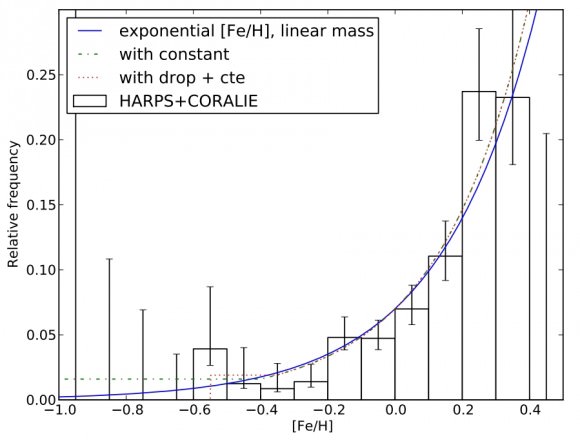
The team focused their efforts on trying to discern a difference between the viability of various functional forms in the metal-poor regime (i.e., does the detection rate of giant planets in that domain flatten, rather than decline exponentially?). In the end no statistical difference was found between the scenarios, and it was likewise unclear whether a mass-dependence exists behind the frequency of giant planet detections. The team noted that a larger sample was needed to reach definitive conclusions, and added that ongoing surveys to discover planets would ensure the problem may soon be resolved.
“Kepler and Gaia will significantly increase the amount of planet discoveries, not only for giant planets, but also for smaller planets,” said Mortier.
In sum, to answer the questions posed at the outset planet-hunting efforts should be focused on metal-poor and metal-rich stars, despite the former exhibiting a reduced frequency of giant planets. The team’s findings will appear in Astronomy & Astrophysics, and a preprint is available on arXiv. The results from the study are tied in part to observations acquired via the HARPS (High Accuracy Radial Velocity Planet Searcher) instrument, which is shown below.
